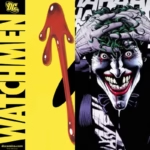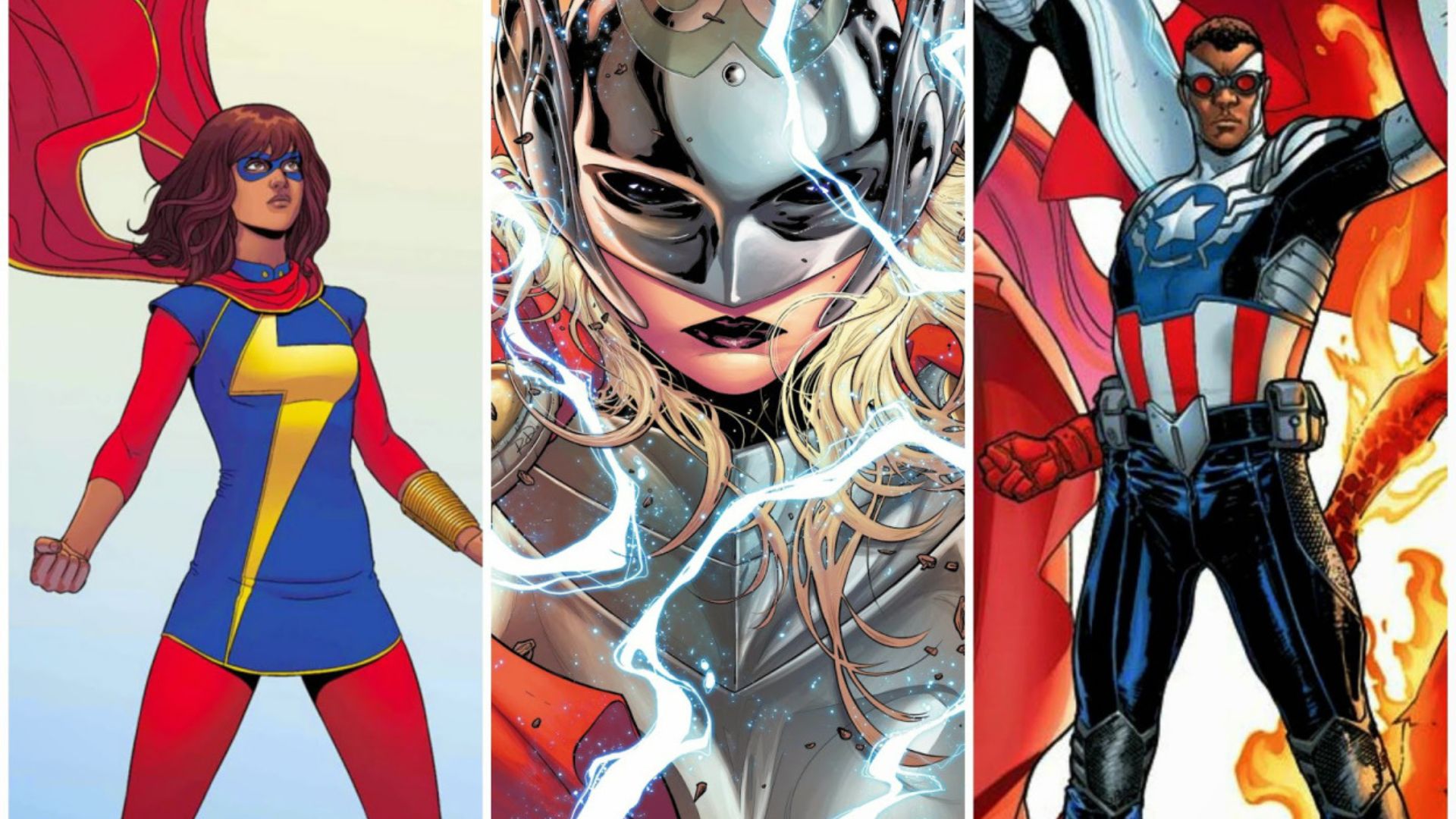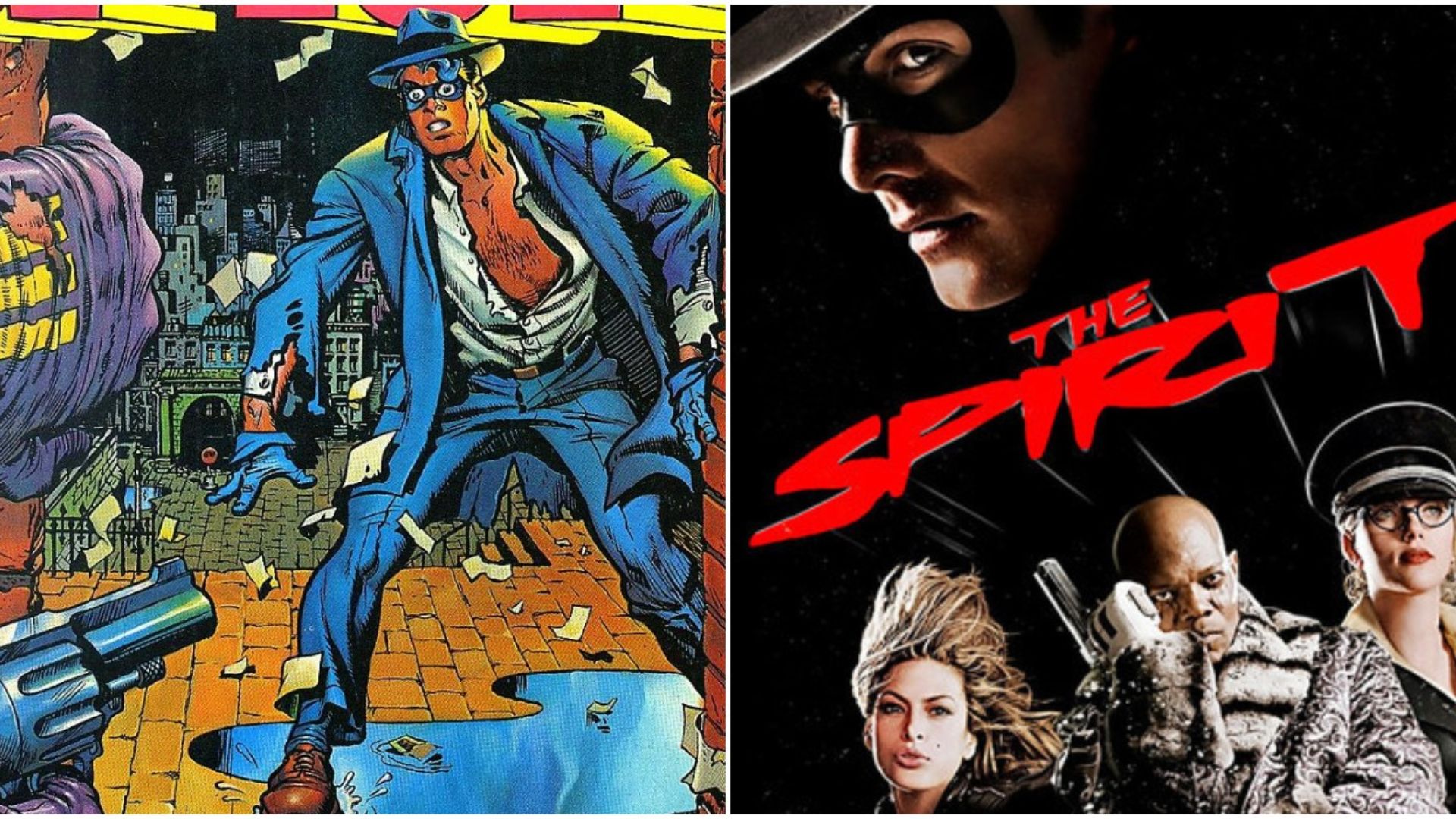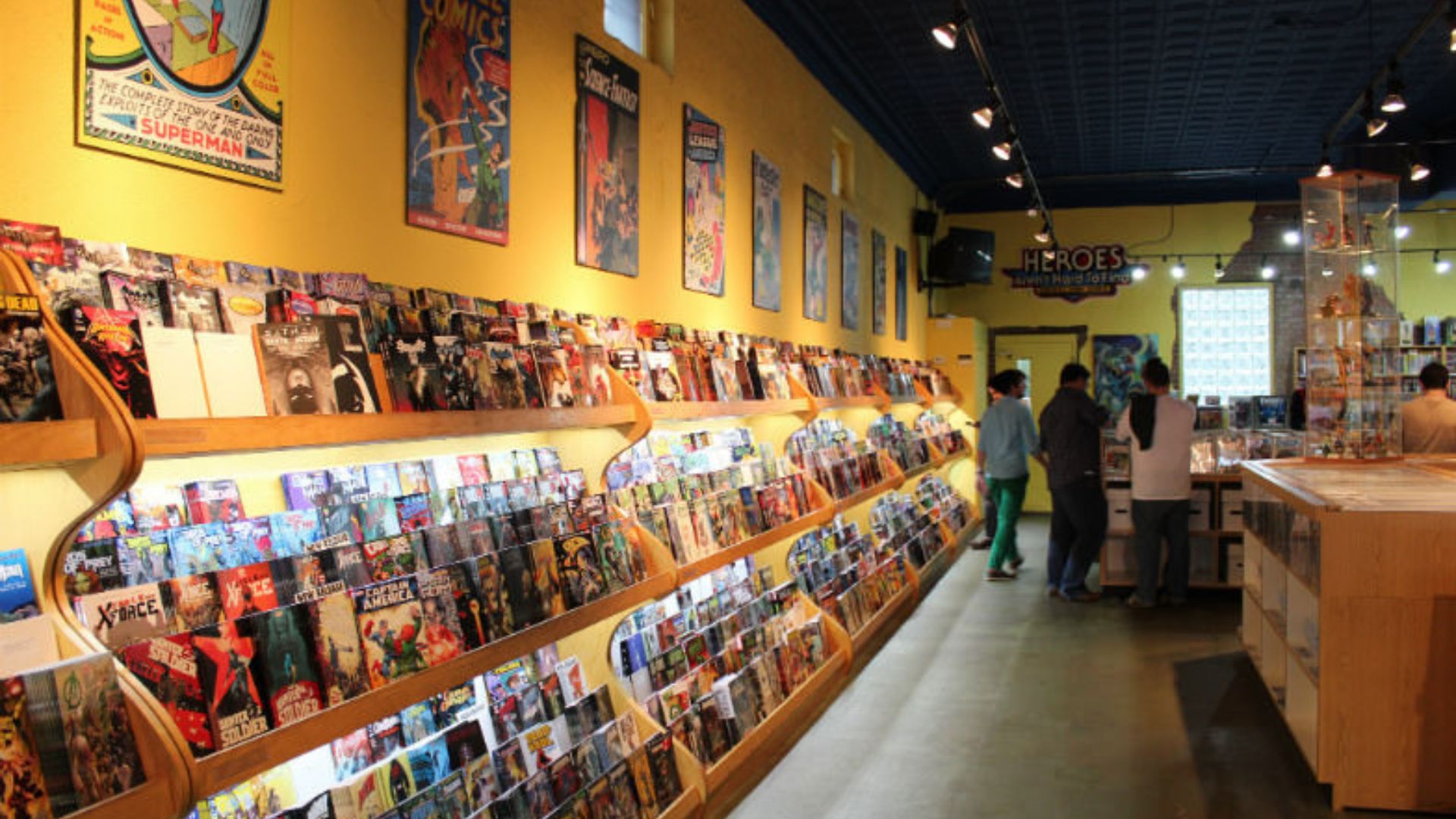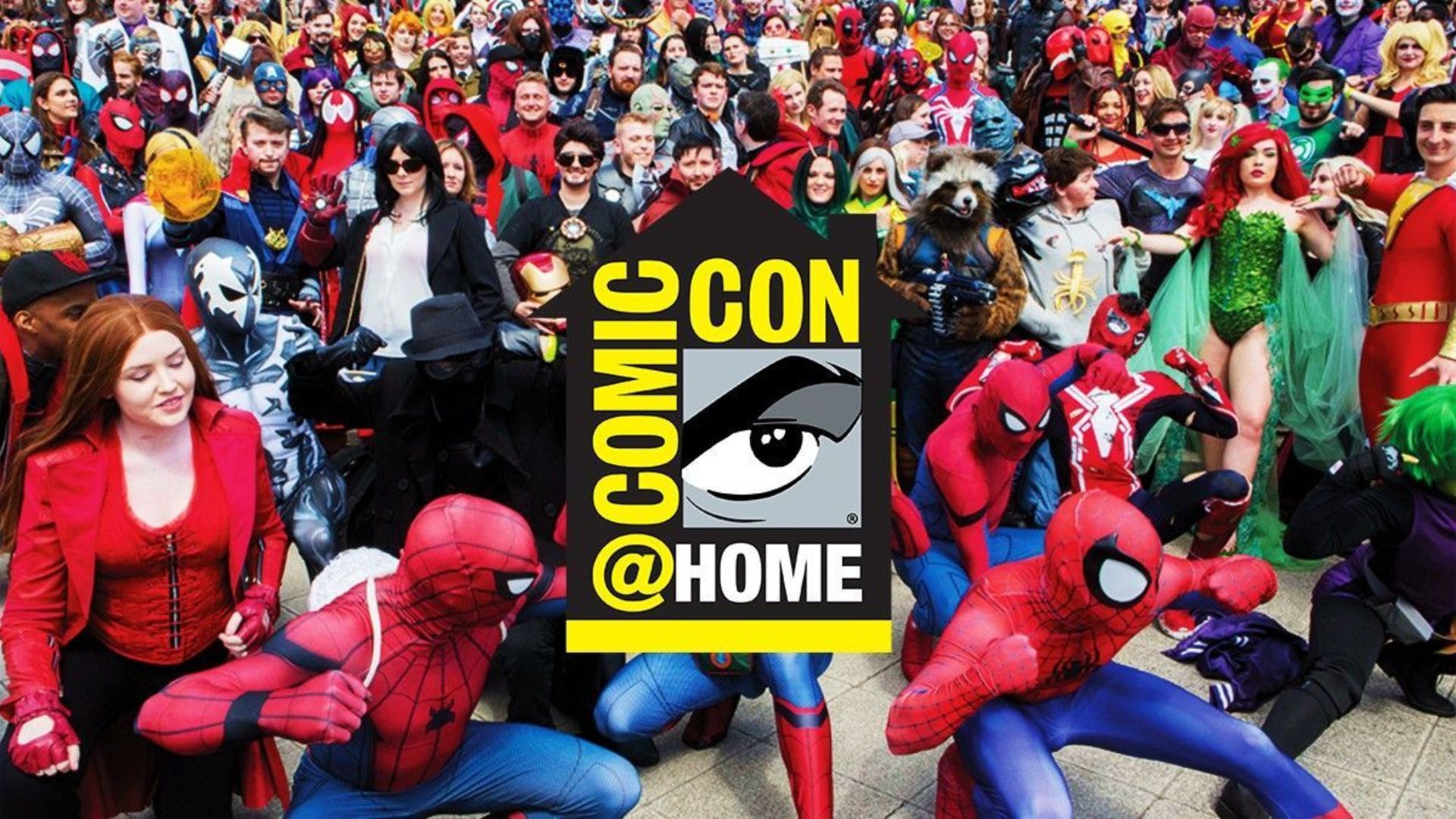Comic books have long been an influential medium for storytelling, shaping culture, politics, and entertainment. However, for much of their history, the genre has been criticized for its lack of diversity, with a narrow focus on certain demographics, often neglecting a broader range of experiences, identities, and backgrounds. In recent years, however, the importance of diversity in comic books has become a key topic of discussion and action.
Diversity in comic books is not just about representation—it’s about opening the door to new stories, experiences, and perspectives. Whether through race, gender, sexual orientation, or socioeconomic background, diverse characters and creators are helping redefine the comic book industry for a more inclusive and authentic future. In this article, we’ll explore why diversity in comics matters and how it benefits both readers and creators alike.
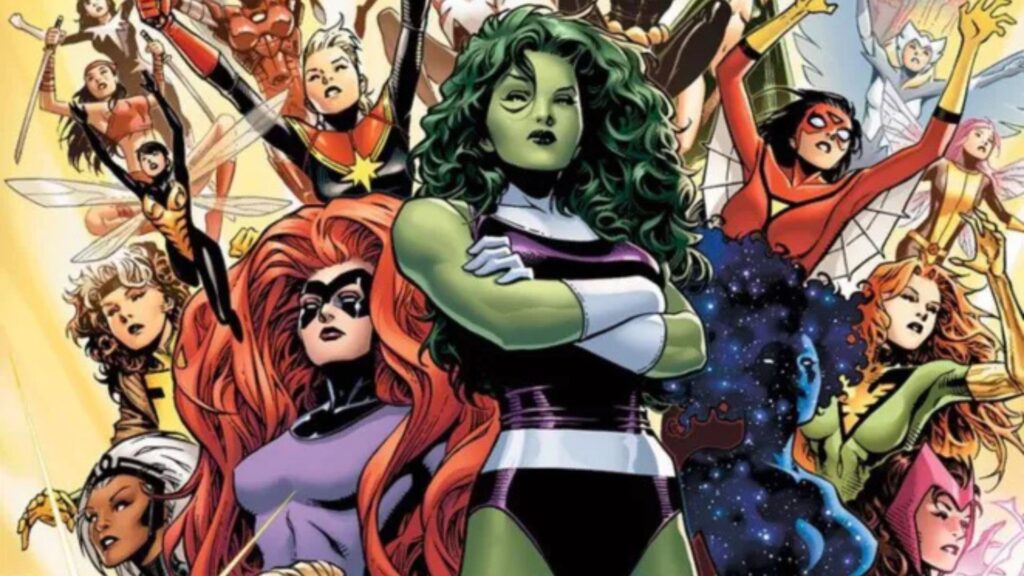
Reflecting the World We Live In
One of the primary reasons diversity in comic books is so important is that it reflects the world we live in. Comics, like any other form of art, should be a mirror of society, capturing its richness, complexity, and variety. For decades, comic books have predominantly featured white, male, and often heterosexual characters. While this was once the norm, modern society has evolved, and readers expect to see themselves represented in the media they consume.
The Power of Representation
Representation matters because it allows readers to see themselves in the stories they read. Characters who reflect different races, ethnicities, sexual orientations, and abilities allow readers to connect with the narrative on a deeper level. When people see themselves in the heroes they admire or the villains they fear, they can better understand their own identity and place in the world.
- Example: Black Panther, created by Stan Lee and Jack Kirby in 1966, became a cultural phenomenon not only for its groundbreaking superhero action but for its portrayal of a strong Black protagonist in the comic world. T’Challa’s presence in the comics—and later in films—resonated with generations of Black readers who had longed for a Black superhero figure.
Expanding Storytelling Horizons
The inclusion of diverse characters and creators in comic books also expands the scope of storytelling. When more voices and perspectives are involved in creating comics, the stories themselves grow richer and more complex. Writers and illustrators from different backgrounds bring their unique experiences and insights, allowing for a broader range of themes, narratives, and characters.
New and Unique Narratives
Diversity allows comic book storytelling to move beyond the traditional plots of good versus evil, offering new angles on heroism, conflict, and social justice. Diverse characters bring their own histories and challenges to the table, creating opportunities for stories that address issues like identity, discrimination, and empowerment.
- Example: The Mighty Thor series introduced Jane Foster, a female version of Thor, to explore themes of identity and worthiness. Her character arc centers around her battle with cancer while wielding the mighty Mjolnir, offering a deeply emotional and human story that resonated with readers in new ways.
Promoting Inclusivity and Empowerment
Diversity in comics is about more than just representation—it’s also about empowerment. For marginalized groups, seeing diverse characters in comic books can be incredibly empowering. It sends the message that their voices matter and that they, too, can be heroes. This feeling of empowerment can extend beyond the pages, inspiring readers to embrace their own unique identities and fight for their own place in the world.
Conclusion
Diversity in comic books is not just a trend—it’s a vital element of the medium’s evolution. By embracing diverse characters and creators, the comic book industry is enriching its stories, creating more inclusive spaces for readers, and reflecting the world in all its complexity.
Diverse comics allow marginalized groups to see themselves as heroes, challenge stereotypes, and offer new perspectives that enrich storytelling. At the same time, they open up new markets and strengthen the cultural relevance of comics in today’s global society. As the demand for inclusive narratives grows, it’s clear that the future of comics lies in diversity—both on the page and behind the scenes.


